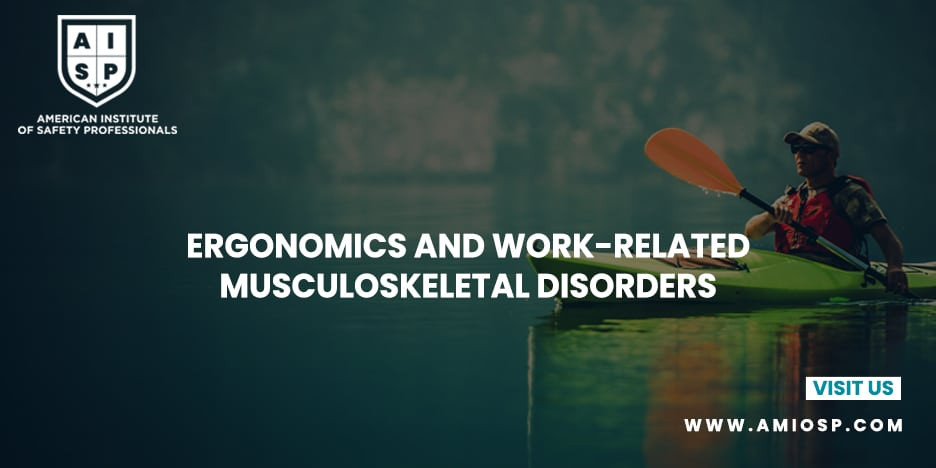Transporting hazardous materials requires adherence to
strict regulations and guidelines to ensure the safety of individuals, protect
the environment, and prevent accidents or incidents that could have severe
consequences. In this blog post, we will explore the importance of the safe
transportation of hazardous materials, the key regulations governing it, and
the guidelines that should be followed to mitigate risks.
Introduction:
Transporting hazardous materials, whether by road, rail,
air, or sea, involves handling substances that pose risks to human health,
property, and the environment. These materials can include flammable,
explosive, toxic, corrosive, or reactive substances. It is crucial to follow
specific regulations and guidelines to minimize these risks and ensure safe
transportation.
Regulatory Framework:
Various regulatory bodies around the world have developed
specific regulations and guidelines for the transportation of hazardous
materials. Some of the most prominent ones include:
a) Department of Transportation (DOT) Regulations (in the
United States): The DOT's Pipeline and Hazardous Materials Safety
Administration (PHMSA) oversees the transportation of hazardous materials
within the United States. The regulations provided in Title 49 of the Code of
Federal Regulations (CFR) outline requirements for packaging, labeling,
marking, placarding, and documentation of hazardous materials.
b) International Maritime Dangerous Goods (IMDG) Code: The
IMDG Code sets regulations for the safe transport of hazardous materials by
sea. It provides guidelines for packaging, labeling, stowage, segregation, and
documentation of dangerous goods.
c) International Civil Aviation Organization (ICAO)
Technical Instructions: The ICAO Technical Instructions provide regulations for
the transportation of hazardous materials by air. These instructions specify
requirements for packaging, labeling, documentation, and handling of dangerous
goods on aircraft.
d) International Air Transport Association (IATA) Dangerous
Goods Regulations: The IATA Dangerous Goods Regulations provide guidelines for
the safe transportation of hazardous materials by air. These regulations cover
packaging, labeling, documentation, and handling requirements specific to the
aviation industry.
e) European Agreement Concerning the International Carriage
of Dangerous Goods by Road (ADR): ADR sets regulations for the transport of
hazardous materials by road in Europe. It covers packaging, labeling,
documentation, and vehicle requirements to ensure safe transportation.
Classification and Packaging:
Proper classification and packaging of hazardous materials
are essential to ensure their safe transportation. It involves identifying the
hazards of the materials, assigning them appropriate hazard classes, and
selecting suitable packaging containers. The packaging must meet specific
standards and be capable of withstanding normal conditions of transport without
leaking or releasing its contents.
Labeling and Marking:
Clear and accurate labeling and marking of packages
containing hazardous materials are critical for effective communication and
identification. Labels and marks must display the appropriate hazard symbols,
UN numbers, proper shipping names, and other required information as per the
regulations. This allows transport personnel to identify the nature of the
hazardous materials and handle them accordingly.
Placarding:
Placards are large, diamond-shaped signs placed on vehicles
carrying hazardous materials to indicate the presence of dangerous goods.
Proper placarding is necessary to alert emergency responders, enforcement
agencies, and the public about the hazards involved. The placards must conform
to the regulations and display the appropriate hazard class or division.
Documentation and Safety Data Sheets (SDS):
Accurate and complete documentation is vital in the
transportation of hazardous materials. Proper shipping papers, manifests, and
other required documents must accompany the shipments. Safety Data Sheets (SDS)
provide essential information about the hazards, handling, and emergency
response procedures for the materials being transported. Ensuring that proper
documentation is readily available helps in emergency situations and aids in
compliance with regulations.
Training and Competency:
Transportation personnel involved in handling hazardous
materials should receive appropriate training and be competent in their roles.
Training programs should cover topics such as hazard identification, proper
handling and storage, emergency response procedures, and regulatory compliance.
Well-trained personnel are better equipped to handle potential risks and
minimize incidents during transportation.
Emergency Response Planning:
Despite all precautions, emergencies can still occur during
the transportation of hazardous materials. Having a well-defined emergency
response plan is crucial for effective incident management. This plan should
include procedures for notifying appropriate authorities, evacuating personnel
if necessary, containing spills or releases, and coordinating with emergency
responders. Regular drills and exercises should be conducted to test the
effectiveness of the plan.
Conclusion:
Safe transportation of hazardous materials is of paramount
importance to protect lives, property, and the environment. Adhering to the
regulations and guidelines set forth by various regulatory bodies ensures that
the risks associated with transporting hazardous materials are minimized.
Proper classification, packaging, labeling, marking, and documentation, along
with well-trained personnel and effective emergency response planning,
contribute to safer transportation practices.
By following these regulations and guidelines, organizations
can play their part in maintaining the integrity of the supply chain while
safeguarding the well-being of individuals and the environment. Prioritizing
safe transportation practices is not just a legal requirement but a moral
responsibility that should be embraced by all stakeholders involved in the
handling and transportation of hazardous materials.












0 comments
No Comments